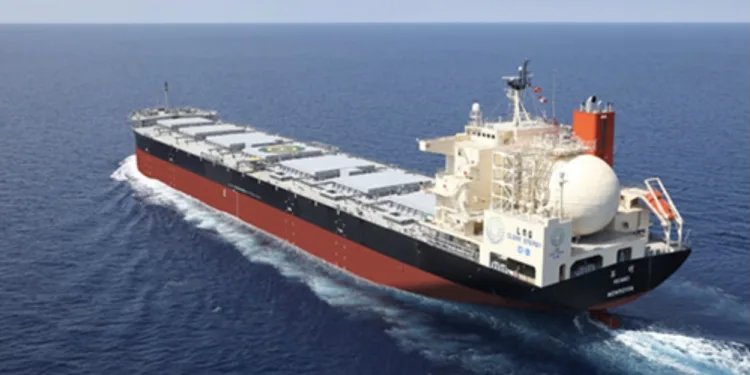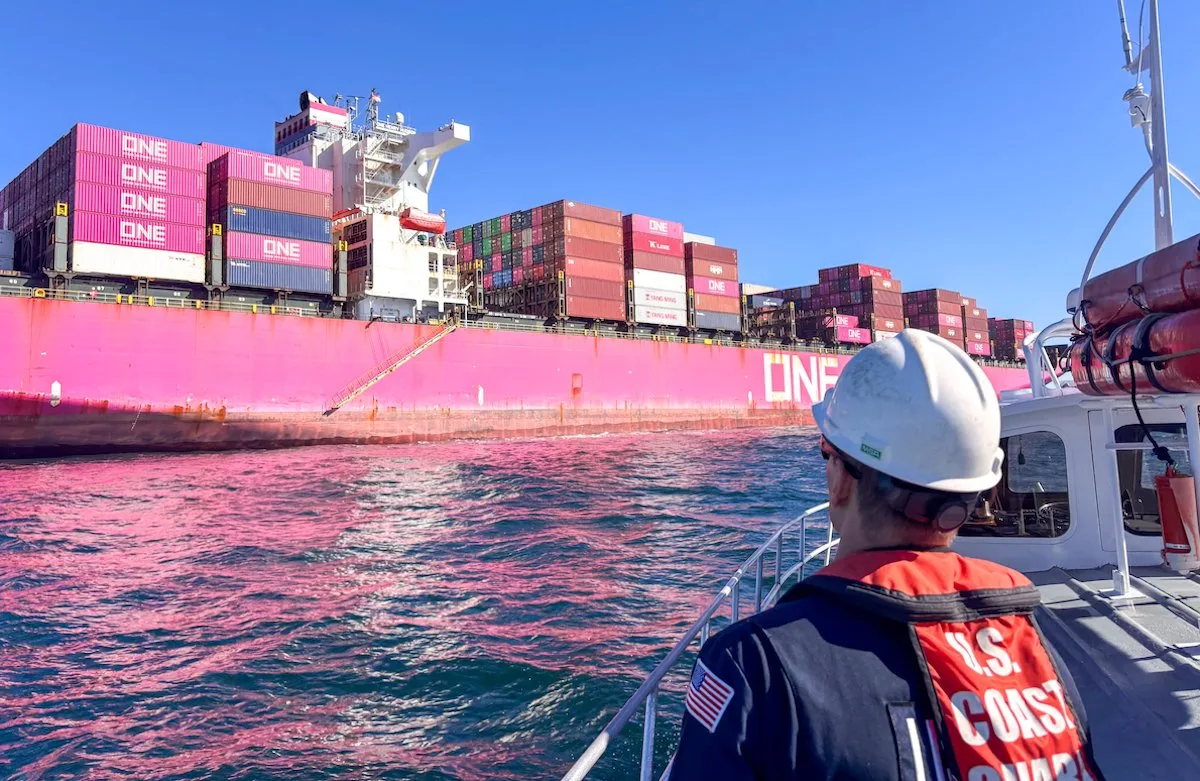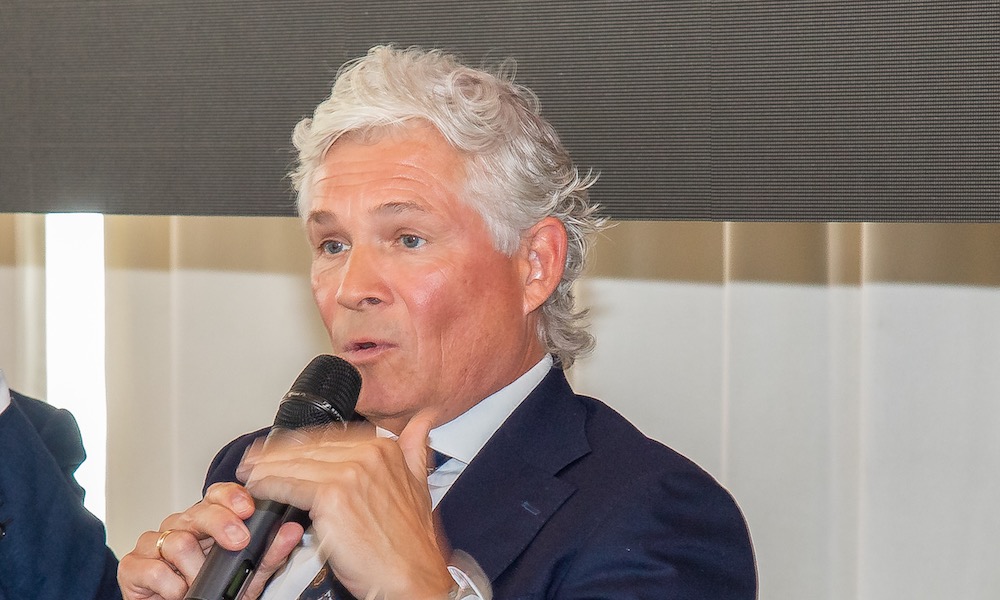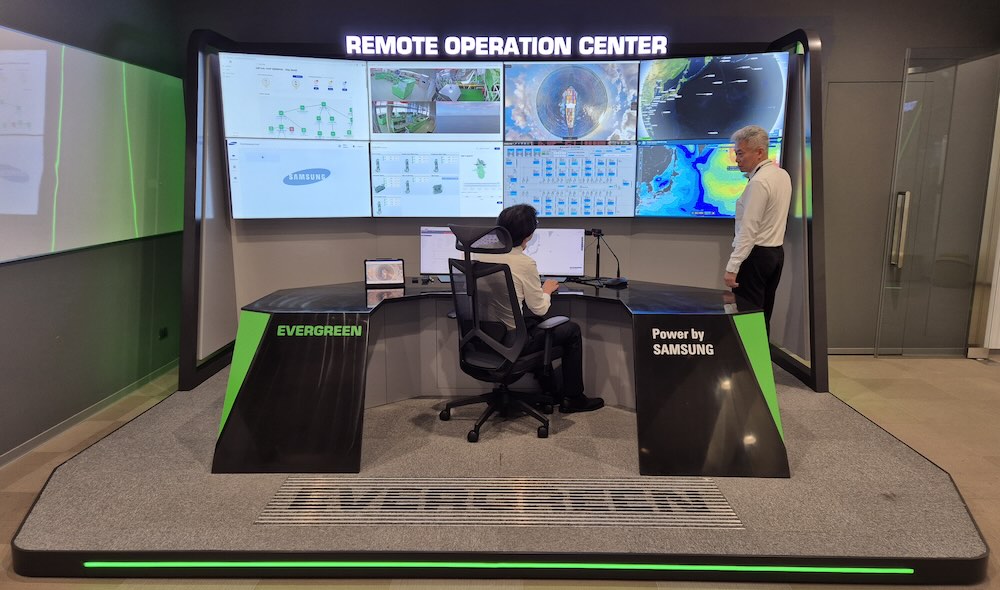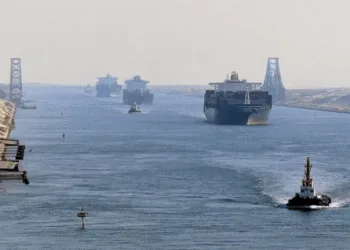Japan’s Mitsui OSK Lines (MOL) has achieved a 98% reduction in methane slip during sea trials — a leap that could reshape the emissions profile of LNG-fuelled tonnage ahead of next week’s Marine Environment Protection Committee meeting at the International Maritime Organization (IMO) where LNG as a fuel will likely become one of the flashpoints among delegates.
Working with Kanadevia and Yanmar Power Solutions under Japan’s Green Innovation Fund scheme, MOL tested a new methane oxidation catalyst and engine modification system aboard the Reimei, an LNG-fuelled coal carrier panamax (pictured) operating between Japan and Australia.
The demonstration far exceeded the project’s 70% reduction target — and even topped the 93.8% cut seen in land-based trials certified by ClassNK.
Methane slip — unburned methane released from LNG engines — is a growing concern for regulators and green investors alike, as methane’s warming potential is roughly 80 times greater than CO₂ over 20 years.
Despite LNG’s popularity as an alternative fuel, methane emissions have been the Achilles’ heel undermining its climate credentials.
By proving a near-total elimination of slip in real-world sea conditions, MOL and partners may have handed LNG a crucial lifeline in the decarbonisation debate — especially as new IMO lifecycle standards tighten scrutiny of well-to-wake greenhouse gas performance.
The trials, running through fiscal 2026, will test system durability and catalyst lifespan before full commercial rollout from 2027. MOL says it will push for early adoption of the technology across its LNG-fuelled fleet and share findings to support broader uptake in Japan’s shipping cluster.
The IMO’s Net-Zero Framework, tabled for adoption at next week’s extraordinary MEPC session, would introduce new carbon fees from 2027 as part of the IMO’s pledge to reach net-zero emissions by 2050.
In a surprise intervention, Christopher Wiernicki, the departing chairman and CEO of ABS, the third largest shipping classification society in the world, came out against IMO’s planned net zero framework last month.
“Shipping and the IMO are on different trajectories. There is no clear pathway for green fuel availability and scalability and infrastructure support. LNG and biofuels are mission critical to any success and should not be overlooked, over penalised or discarded in the net zero regulation,” Wiernicki said at the launch in London of the 2025 ABS Sustainability Outlook, backing greater support for LNG as a bridging fuel.
“Getting closer to the 2030s, we need to protect the bridge, which is LNG with methane-slip controls and credible bio-/e-LNG pathways,” Wierniki said.
Peter Keller, chairman of SEA-LNG, a lobby group supporting the super chilled fuel as an alternative shipping fuel, claimed yesterday: “The evidence is clear: LNG is delivering emissions reductions now and providing a practical pathway to net-zero through biomethane and e-methane. It is essential that future regulation builds on this momentum and recognises the proven benefits of the methane decarbonisation pathway.”
LNG’s credentials as shipping’s leading alternative fuel have driven much debate for years.
Writing for Splash last week, Elissama Menezes and Andrew Dumbrille, directors of NGO Equal Routes, argued that once the IMO applies its comprehensive life-cycle approach under the net zero framework’s guidelines, it becomes clear that methane-based fuels – LNG, biomethane, and e-methane – cannot credibly deliver on climate, pollution, or human rights objectives.
Overall, 192 new orders for alternative-fuelled vessels have been placed in the first nine months of 2025, with LNG-fuelled vessels accounted for the majority of these orders at 121, followed by 43 orders for methanol-fuelled ships, with the remainder made up by LPG carriers (19), ammonia-fuelled vessels (5), and hydrogen-fuelled vessels (4), according to data from DNV.



